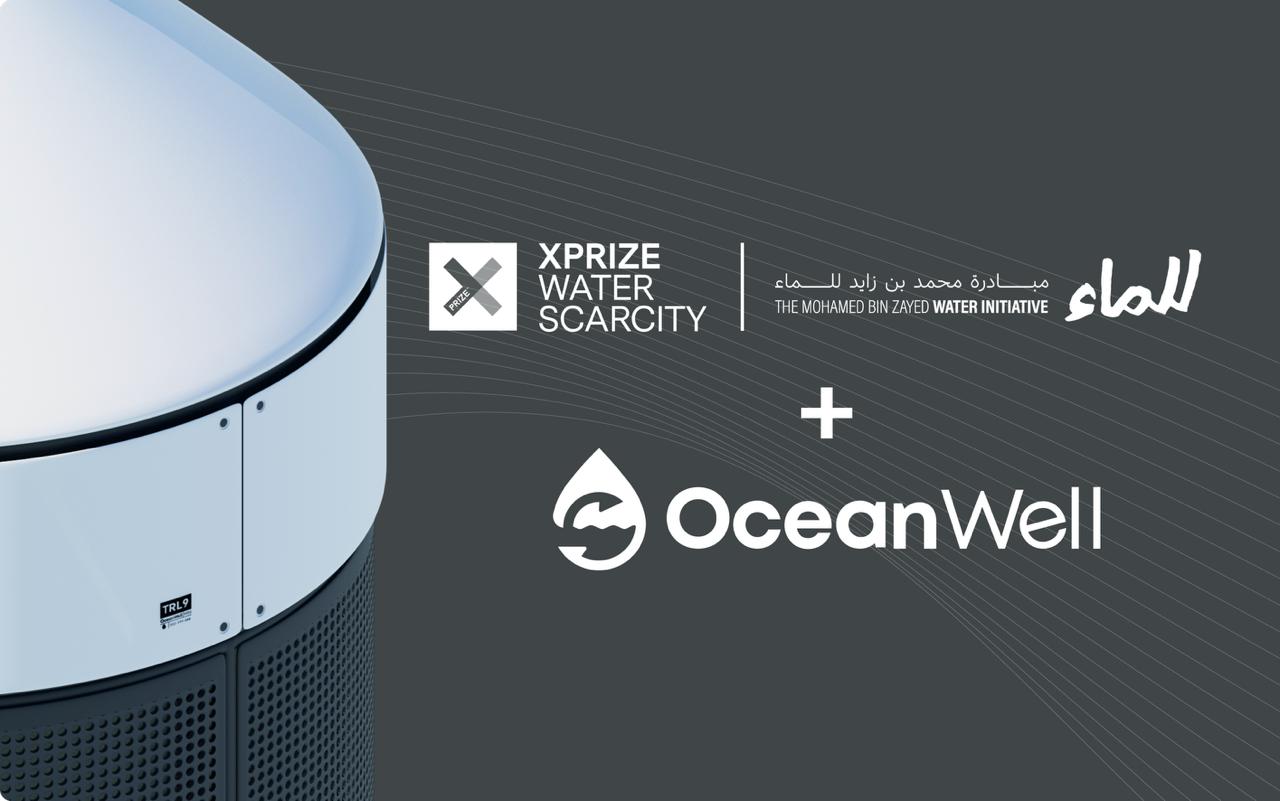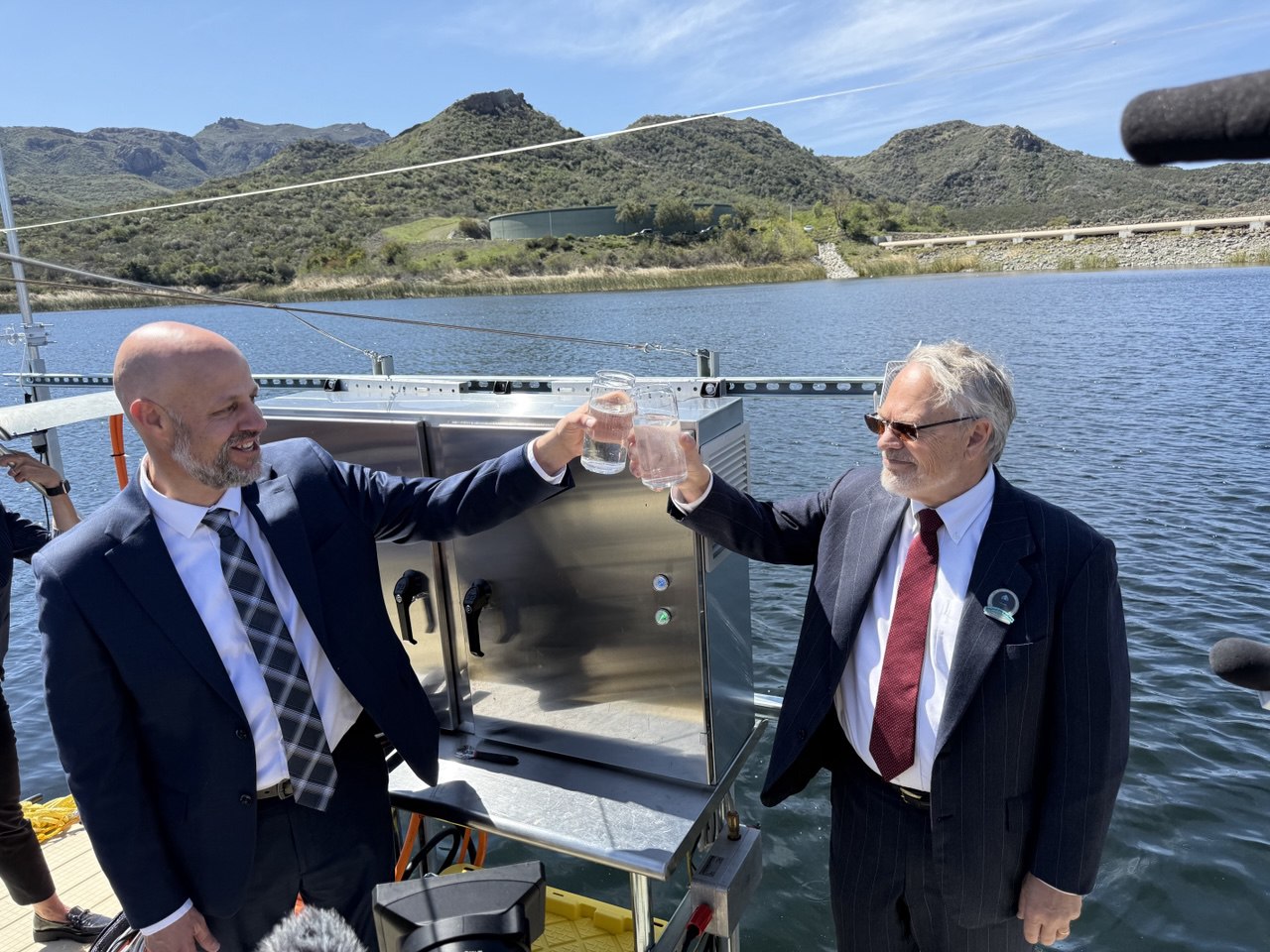A Fresh Look at the Environmental Impacts of Desalination
Desalination has emerged as one of the most promising solutions to the world’s growing water scarcity crisis. As global demand for freshwater increases and climate change places greater stress on natural water systems, more countries are investing in desalination technology to secure reliable and resilient water supplies. However, as the use of desalination expands, it is essential to take a balanced and informed look at the environmental impacts of desalination. The technology provides undeniable benefits, but understanding its full environmental footprint ensures responsible and sustainable implementation for the future.
What Is Desalination?
Desalination is the process of removing salt and other minerals from seawater or brackish water to produce freshwater. The two most common methods are reverse osmosis (RO) and thermal distillation. Reverse osmosis uses high-pressure pumps and semipermeable membranes to filter salt and impurities from water. Thermal distillation relies on heating seawater until it evaporates, leaving salt behind, and then condensing the vapor into purified water.
Both methods have proven critical in regions facing chronic water shortages or prolonged droughts. In the Middle East, Australia, and parts of California, desalination has become an essential part of long-term water planning. Yet as desalination plants proliferate, so too does the need to examine how this process interacts with the environment.
Understanding the Environmental Impacts of Desalination
The environmental impacts of desalination extend across several areas, including energy consumption, carbon emissions, and effects on marine ecosystems. The first and perhaps most significant environmental concern is the high energy demand of conventional desalination plants. These facilities often rely on electricity generated from fossil fuels, which contributes to greenhouse gas emissions and, by extension, to climate change. Unless renewable energy sources are integrated into desalination systems, the process risks trading one environmental challenge for another.
Another major factor in the desalination environmental impact is the discharge of brine, a highly concentrated saltwater byproduct. Brine disposal typically involves releasing this dense, saline solution back into the ocean. When poorly managed, it can alter local salinity levels, deplete oxygen, and threaten marine organisms. The brine can also contain trace chemicals such as chlorine or antiscalants used during treatment, further affecting marine biodiversity. Sensitive ecosystems, particularly those near coastal discharge points, are at risk if outflow systems are not designed with care and precision.
In addition to outflow concerns, the intake systems used to draw seawater into desalination plants can disrupt marine habitats. Traditional open-ocean intakes may inadvertently pull in fish larvae, plankton, and other small organisms, causing harm to marine life and affecting local food webs. As global reliance on desalination grows, minimizing these intake and discharge impacts is critical to achieving sustainable outcomes.
Is Desalination Good for the Environment?
The question of whether desalination is good for the environment does not have a simple answer. Much depends on how the process is designed, powered, and managed. On one hand, desalination provides an alternative to over-extracting water from rivers, aquifers, and lakes, thereby preserving inland ecosystems. It offers a stable and drought-resistant water supply, especially in regions facing climate-driven water insecurity. From this perspective, desalination can be a valuable tool for environmental resilience and human survival.
On the other hand, desalination is only environmentally beneficial when implemented responsibly. If powered by nonrenewable energy sources or operated without adequate brine management, desalination can contribute to emissions, habitat degradation, and ecological imbalance. The key lies in advancing marine-friendly desalination technologies that minimize energy consumption, rely on renewable energy, and use ocean-friendly engineering principles.
Innovations Minimizing the Desalination Environmental Impact
Recent technological advances are helping to reduce the environmental footprint of desalination. Several innovations are emerging that make desalination cleaner, more efficient, and more compatible with the natural environment.
Energy Recovery Devices (ERDs): Modern reverse osmosis systems now use ERDs to capture and reuse the energy contained in high-pressure brine streams. This innovation can cut energy consumption by up to 50 percent, improving both cost efficiency and sustainability.
Subsurface Intakes: By drawing seawater through sand or seabed sediment rather than open pipes, subsurface intake systems naturally filter out marine organisms and organic matter. This reduces the need for chemical pretreatment and prevents harm to aquatic life.
Brine Management Solutions: Innovative brine treatment methods, including crystallization, dilution, and zero-liquid discharge systems, can repurpose waste into useful materials such as salts or industrial feedstocks. Other methods blend brine with cooling water or wastewater to safely reduce its salinity before discharge.
Green Energy Integration: The integration of solar, wind, and geothermal energy into desalination systems is one of the most promising trends. Solar-powered desalination plants, for example, can operate in remote regions with minimal carbon emissions. Hybrid systems that combine renewable and grid-based energy sources offer a path toward full decarbonization of desalination infrastructure.
These innovations are reshaping the answer to how desalination impacts the environment, offering solutions that balance water security with ecological protection.
Moving Toward Sustainable Desalination
Desalination’s potential to solve global water challenges is undeniable, but its future depends on continued innovation and environmental accountability. Sustainable desalination requires systems that not only deliver clean water efficiently but also operate in harmony with marine and coastal ecosystems.
One company leading the way is OceanWell, which is pioneering a next-generation approach to desalination that works with the ocean rather than against it. OceanWell’s modular subsea desalination pods operate deep below the ocean surface, using natural hydrostatic pressure to drive the desalination process. This eliminates the need for large, energy-intensive surface infrastructure. The subsea environment allows for efficient energy use and significantly reduces greenhouse gas emissions compared with traditional land-based plants.
OceanWell’s marine-based design also minimizes ecological disruption. By eliminating traditional surface intakes and outfalls, the system avoids many of the environmental challenges associated with conventional desalination. The process produces far less concentrated brine, reducing its potential impact on surrounding ecosystems. Its decentralized model allows for scalability and flexibility, making it suitable for coastal communities, islands, and industries seeking reliable, sustainable freshwater without damaging marine habitats.
As the demand for freshwater accelerates worldwide, innovations like OceanWell demonstrate how advanced engineering and ecological sensitivity can coexist. The path toward sustainable desalination lies not in avoiding technology, but in improving it—making each system more efficient, more renewable, and more attuned to the delicate balance of ocean ecosystems.
In answering the question of whether desalination is good for the environment, the conclusion is clear: it can be, when done thoughtfully and responsibly. With continued investment in technology, renewable energy, and marine stewardship, desalination can evolve from a last resort into a cornerstone of global water sustainability.
References
- Elimelech, M., & Phillip, W. A. (2011). The future of seawater desalination: Energy, technology, and the environment. Science, 333(6043), 712–717. https://doi.org/10.1126/science.1200488
- Ghaffour, N., Missimer, T. M., & Amy, G. L. (2013). Technical review and evaluation of the economics of water desalination: Current and future challenges for better water supply sustainability. Desalination, 309, 197–207. https://doi.org/10.1016/j.desal.2012.10.015
- Kim, Y. M., Lee, J., & Yoon, J. (2011). Influence of brine discharge on marine environments and mitigation strategies. Desalination, 278(1-3), 150–157. https://doi.org/10.1016/j.desal.2011.05.020
- Shaffer, D. L., et al. (2012). Desalination and the environment: Should brine be a resource? Environmental Science & Technology, 46(10), 6105–6110. https://doi.org/10.1021/es2043965
- Cath, T. Y., et al. (2010). Novel membrane distillation and forward osmosis hybrid system for water purification. Environmental Science & Technology, 44(23), 9014–9020. https://doi.org/10.1021/es101728u
- Jones, E., et al. (2019). The state of desalination and brine production: A global outlook. Science of The Total Environment, 657, 1343–1356. https://doi.org/10.1016/j.scitotenv.2018.12.076
- Qasim, M., Badrelzaman, M., Darwish, N. N., Darwish, N. A., & Hilal, N. (2019). Reverse osmosis desalination: A state-of-the-art review. Desalination, 459, 59–104. https://doi.org/10.1016/j.desal.2019.02.008
- Zaragoza, G., Ruiz-Aguirre, A., & Guillén-Burrieza, E. (2014). Efficiency in the use of solar thermal energy of small membrane desalination systems for decentralized water production. Applied Energy, 130, 491–499. https://doi.org/10.1016/j.apenergy.2014.02.066
- Ahmed, M., Shayya, W. H., Hoey, D., Mahendran, A., Morris, R., & Al-Handaly, J. (2001). Use of solar energy for brine disposal from inland desalination plants. Desalination, 130(2), 155–168. https://doi.org/10.1016/S0011-9164(00)00104-3
- Loutatidou, S., & Arafat, H. A. (2015). Techno-economic comparison of forward osmosis to reverse osmosis for desalination of brackish water. Desalination, 356, 22–30. https://doi.org/10.1016/j.desal.2014.10.017

Related Posts
Heading













